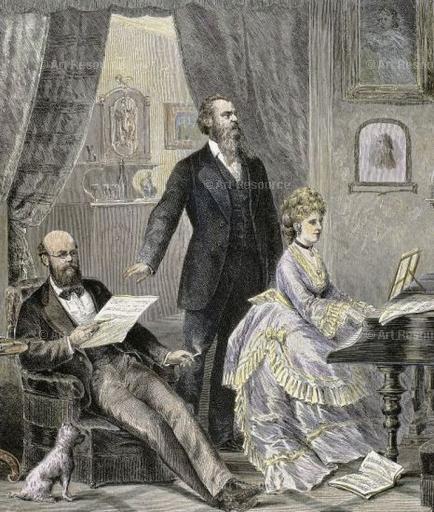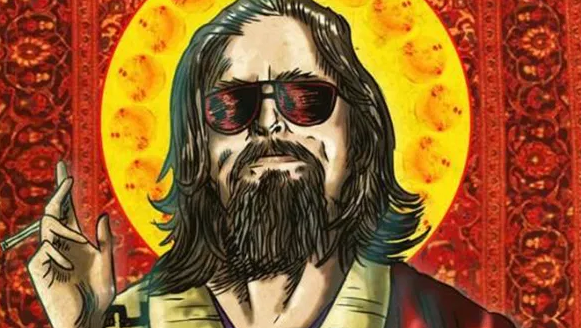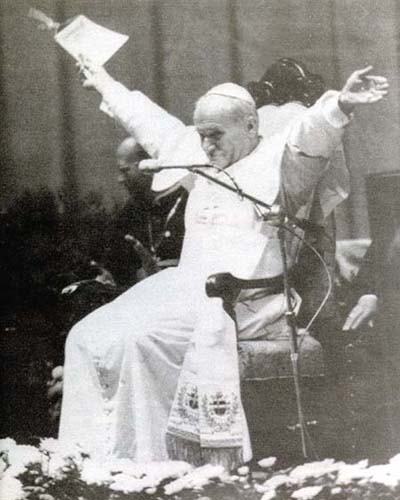Do the Arts make us better? Oxford’s John Carey asked that question in What Good Are The Arts? (2005). A provocative little book, it rankled readers on both sides of the Atlantic when it appeared. It sank its fangs into a reigning cultural assumption that art’s mission is to improve people.
The belief that art can make people better dates back to classical times. Aristotle taught that music was character-forming and should be introduced into the education of the young. In listening to music, he maintained, “our souls undergo a change.”Continue Reading





